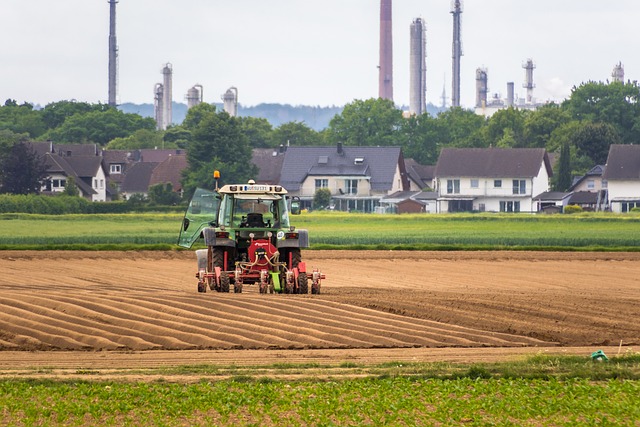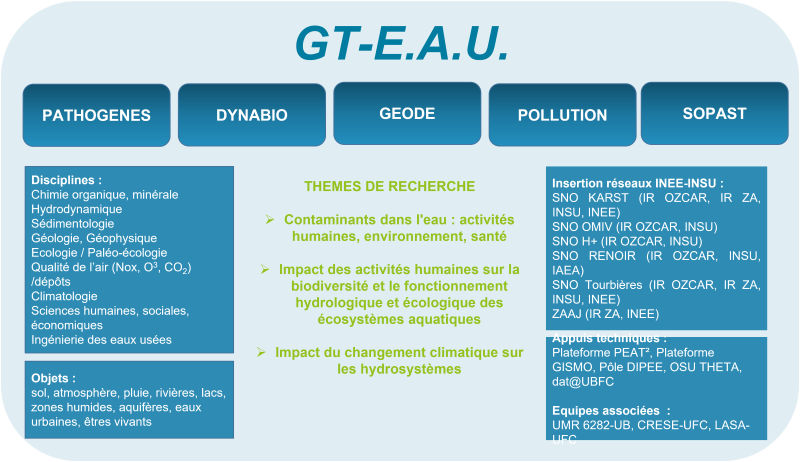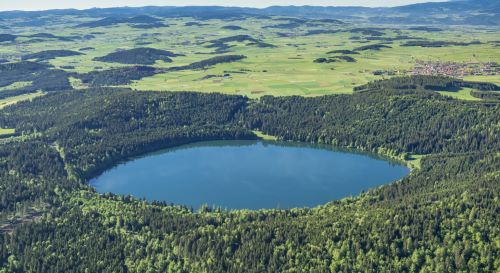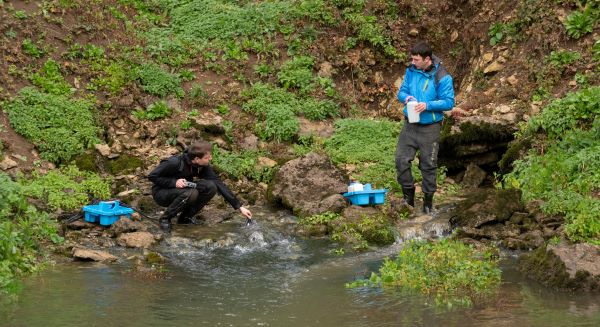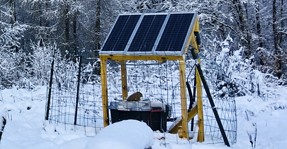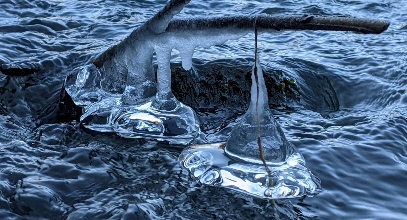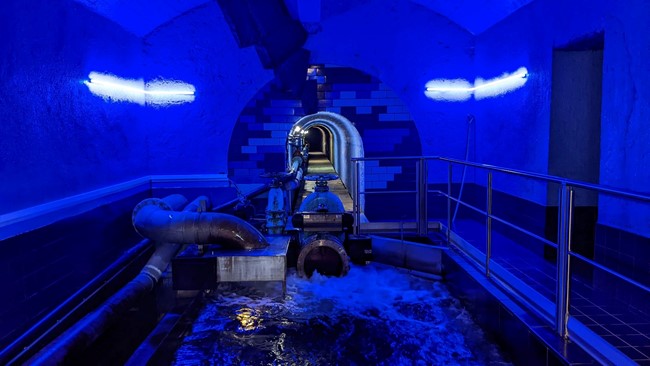GT E.A.U.
GT E.A.U. – Écosystèmes Aquatiques et Usages
Contexte : Quelle eau pour demain?
La population mondiale est en constante croissance, conduisant à une pression plus forte sur les ressources en eau. L’utilisation de ces ressources au cours du dernier siècle a en effet augmenté de manière exponentielle, suivant l’évolution démographique. On estime ainsi qu’en 1900, l’Humanité consommait environ 700 km3 d’eau douce par année, quantité montant à près de 5000 km3 en 2000, soit 7 fois plus, essentiellement pour l’agriculture (70 %) et l’industrie (20%), l’usage domestique ne représentant que 10 % de la consommation mondiale. Cette pression sur les ressources en eau est amplifiée par le réchauffement global qui entraîne à la fois une modification des régimes hydrologiques, et l’augmentation de la fréquence des événements extrêmes (GIEC, 2022).
Coordinatrices : Hélène Celle et Hélène Masclaux
Pollution
Dans le même temps, les activités humaines, agricoles et industrielles en particulier, ont notablement porté atteinte à la qualité de l’eau douce et altéré le fonctionnement écologique des milieux aquatiques. Ainsi, l’augmentation de la charge en nutriments des milieux aquatiques liée aux activités humaines provoque une eutrophisation accélérée de nombreux systèmes qui voient leur biodiversité diminuer et leur fonctionnement altéré.
Les polluants émergents quant à eux, qu’ils soient chimiques ou microbiologiques) font peser de nouvelles menaces sur la qualité de l’eau et la santé des écosystèmes et des populations humaines. Il convient ainsi de préserver et/ou restaurer les hydrosystèmes afin d’assurer un approvisionnement en eau de qualité pour répondre aux besoins des sociétés tout en garantissant une bonne santé environnementale au milieu naturel.
Objectifs
L’objectif du groupe de travail E.A.U. est donc de comprendre comment les activités humaines et le changement climatique agissent sur le fonctionnement hydrologique et écologique des systèmes aquatiques, tant du point de vue de la quantité que de la qualité à travers différentes perspectives disciplinaires.
Ces recherches doivent articuler les connaissances en écologie (bio indication, fonctionnement trophique, cycle du carbone, paléolimnologie), géosciences (pédologie, géologie, hydrologie et hydrogéologie, géochimie, géophysique), géographie, sciences humaines, sociales et économiques, technologie.
Elles doivent être mises en œuvre à différentes échelles spatiales et temporelles, en initiant des suivis sur le long terme et en étudiant les environnements passés. Ces études doivent également être utiles à la décision publique et se fonder non pas seulement sur une simple logique de transfert de connaissances mais sur de réelles concertations et collaborations entre gestionnaires et scientifiques.
Organisation
Le GT E.A.U. s’appuie sur les plateformes techniques PEA²T de l’UMR 6249 et GISMO de l’UMR 6282, sur l’OSU THETA, ainsi que sur les pôles DIPEE et SV2TEA, acteurs majeurs de la politique scientifique UBFC notamment dans le domaine de l’eau.
Il s’insère dans les Infrastructures nationales de Recherches OZCAR (Observatoire de la Zone Critique : Applications et Recherches, INSU, SNO Karst, SNO OMIV, SNO H+, SNO RENOIR, SNO Tourbières) et ZA (Zones Ateliers, INEE, Zone Atelier de l’Arc Jurassien) et européennes eLTER (Long Term Ecosystem Research in Europe). Du point de vue numérique, le GT E.A.U. mobilisera le pôle de simulation atmosphérique de l’UMR 5561 ; la bancarisation des données des projets développés dans le cadre du GT E.A.U. sera assurée par data@osu.
Un nouveau partenariat de recherche avec l’ISSKA
En 2024 a été signée une convention entre Chrono-environnement et l’Institut suisse de spéléologie et de karstologie pour favoriser les projets de recherche communs autour de l’axe E.A.U. ayant pour objectifs la progression des connaissances scientifiques pour une valorisation de cette connaissance par la publication.
Les projets en cours
AUVERWATCH
AUVERWATCH est un réseau
de suivi sur le long terme des masses d’eau auvergnates depuis 2014.
TRANSKARST
Recherche transdisciplinaire sur les eaux karstiques
SISMEAUCLIM
L’hydro-SISMologie, une approche innovante pour l’étude des réservoirs d’EAU souterraine soumis aux phénomènes CLIMatiques extrêmes.
SENSAAS
Projet Inter-axes I-SITE
SENSors and Analyses for AquiferS
.
VOLVIC SHARE
L’objectif de ce projet de recherche est de préciser le modèle de circulation des eaux dans le bassin de Volvic dans un contexte où la question des usages de l’eau se pose de façon croissante
DEEP-C
Ce projet vise à mieux comprendre les paramètres environnementaux, biologiques et socio-économiques ainsi que les processus qui contrôlent le devenir du carbone dans les plans d’eau.


